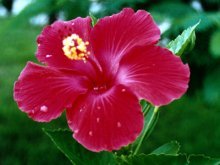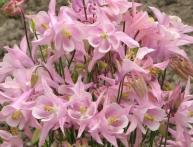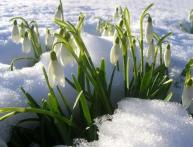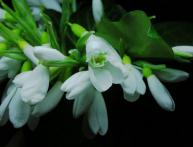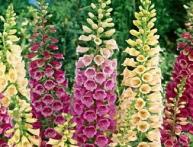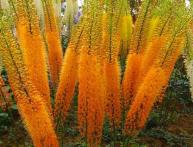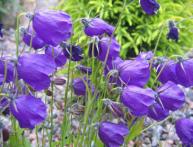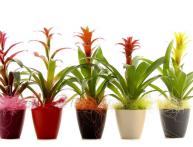Why do hibiscus leaves turn yellow and how to deal with it?
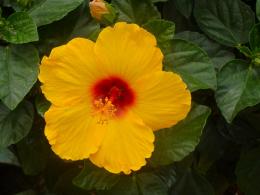
This is how it often happens: you invest time and effort into cultivation favorite flower, and as a sign of “gratitude” it turns the leaves yellow.
Is this a familiar picture? Don't get upset ahead of time. Better try to understand why your favorite indoor plant turns yellow.
Content:
- When every leaf is precious: why do hibiscus leaves turn yellow
- Main diseases and pests of hibiscus
- What you need to remember to prevent hibiscus leaves from turning yellow
When every leaf is precious: why do hibiscus leaves turn yellow
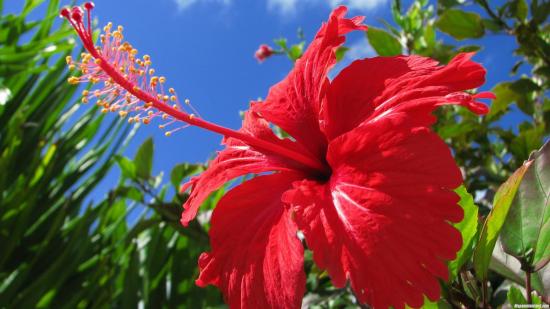
Hibiscus is a representative of the common Malvaceae plant species in our country. Some of its representatives have become well established in our vegetable gardens and orchards.
On home windowsills you can often find a Chinese type of plant; very often hibiscus is called the “Chinese rose”.
The plant looks very attractive at any stage of development. Even when the hibiscus is at rest, it attracts attention thanks to its lush crown.
Of course, when yellow spots appear on the emerald crown, this causes great concern for the owner. Concern is not always justified, and may signal the natural process of leaf falling.
The main causes of yellow leaves
Keep an eye on watering. Any plant needs watering, you can’t argue with that. But insufficient or, on the contrary, excessive watering, can lead to rotting of the root system and, as a result, yellow leaves.
Remember that the plant needs to be watered only when the soil is sufficiently dry from the previous procedure. Poor health affects absolutely the entire plant.
Temperature conditions. The optimal temperature for the normal “well-being” of hibiscus is considered to be a temperature that is in the range of 18-27 degrees.
Monitor the temperature of your room and create optimal conditions for the development and growth of Chinese roses.
Active sunlight. Hibiscus is a light-loving plant. But sunlight before noon can damage the plant.
The result is sunburn. Remember that too much light is stressful for the plant, so limit your hibiscus from prolonged exposure to sunlight.
Drafts. If you like to ventilate your apartment in winter or use air conditioning in summer, this can negatively affect the condition of the plant.
Hibiscus does not tolerate sudden temperature changes, so you can often observe yellowing of leaves.
Lack of nutrients. Very often, indoor plants suffer from a lack of microelements. The color of the leaves changes gradually, first the leaves turn yellow, and then the veins of the hibiscus.
As you can see, there are plenty of reasons why leaves turn yellow. It is very important for the housewife to follow the peculiarities of caring for the Chinese rose.
Main diseases and pests of hibiscus
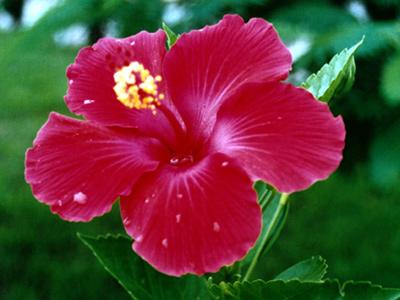
Chinese rose is a very strong and not painful plant. But if a flower grows in a group of plants, then it may contract some kind of disease.
Various parasites and insects may be to blame for yellowing leaves. An important task for the gardener is timely treatment of hibiscus.
Diseases that most often affect plants
Scale insects. Only the leaves of the plant are affected. Owners hibiscus They note that the leaves first turn yellow and then fall off. Treatment consists of spraying the plant with Actellik.
Aphid. The most common type of parasites that burrow larvae into plant leaves. Affected leaves turn yellow, dry out and curl up into a tube. Fitoverm will help get rid of aphids.
Spider mite. First, yellow, small dots form on the leaves. Then the leaf completely turns yellow.
If you do not pay attention to the plant in time, the plant may die. Treatment consists of washing hibiscus leaves with laundry soap.
For the owner of a Chinese rose, it is important to remember about preventive measures that will protect the plant from parasites and diseases. Check the hibiscus leaves; if you find small brown or yellow dots, proceed to treatment with a special spray - Actellik.
What you need to remember is that hibiscus leaves do not turn yellow
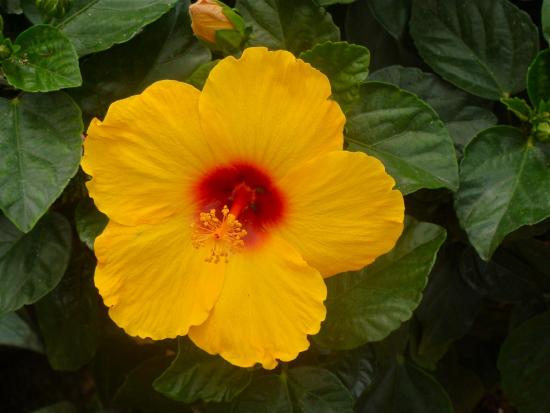
It was already written above that the Chinese rose does not like. To ensure you never experience yellowing leaves, you need to keep a few tricks in mind.
Little tips for beginning gardeners:
- Remember to water moderately. Don't overwater your plants
- do not allow drafts to enter the plant
- remember about timely feeding
- Limit the plant from excessive exposure to sunlight
- don't forget to feed the plant
- treat the leaves of the plant with special products
If a plant is infected by a virus, then there is nothing that can be done to help it. Sick hibiscus should be immediately removed from the premises to avoid the spread of the disease.
Any living creature will require special care, and you, as a responsible gardener, must understand this.
To understand the specific cause of yellowing leaves hibiscus, you need to analyze your plant. Where is it? How do you care for it? How often do you water, etc.
So, we managed to find out the main reasons for the yellowing of Chinese rose leaves. To avoid such an unpleasant phenomenon as yellowing, you need to remember proper care and preventive measures.
If you are not mistaken and manage to save the plant, you will be able to enjoy its thick foliage and lush flowering for a long time.
Video about what kind of plant hibiscus is and how to care for it:
Interesting information about the vegetable garden


